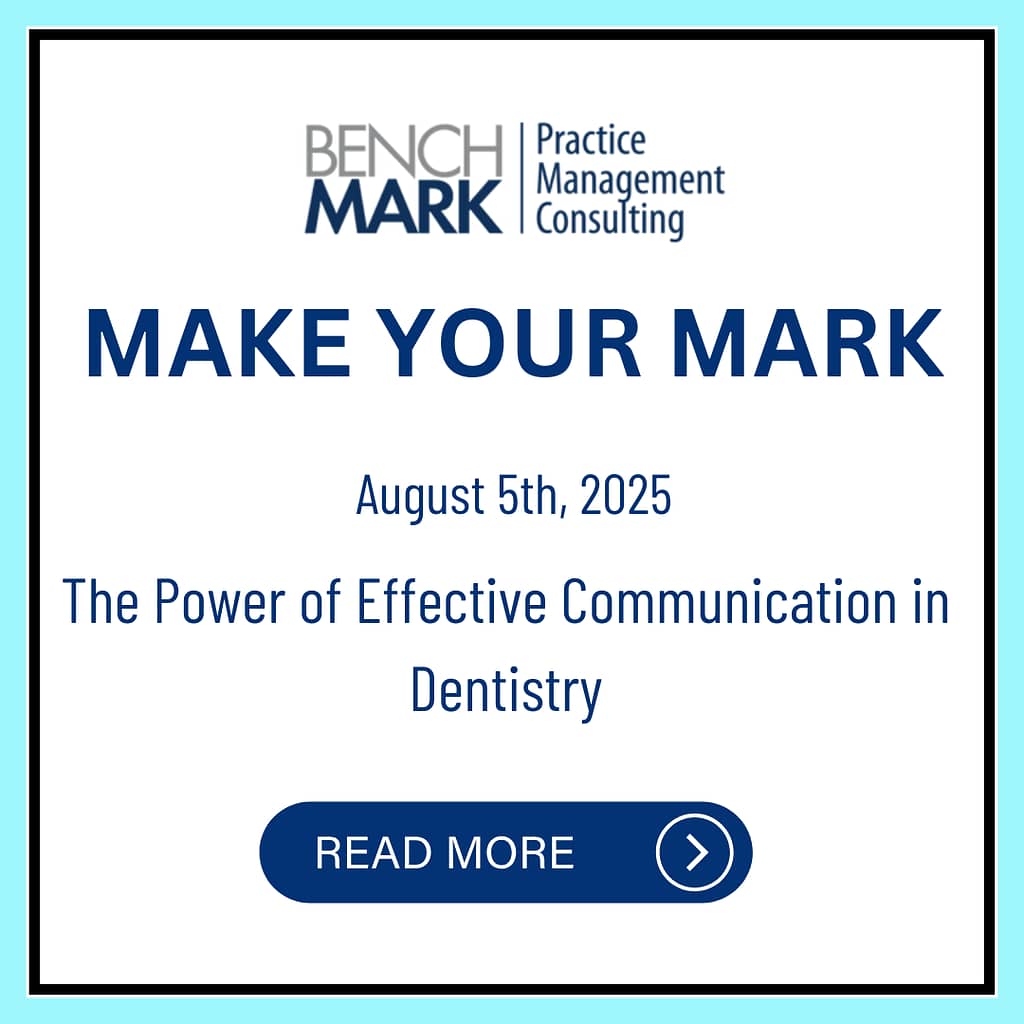In a dental practice, it’s not just what you ask patients, it’s how you respond to them that significantly influences their acceptance of a diagnosis and treatment plan. By incorporating intentional questions and thoughtful responses into your interactions, you’ll likely notice a meaningful improvement in patient engagement and acceptance.
Building trust starts with more than just clinical expertise. It involves asking patients not only about their dental health but also about who they are as individuals. Establishing personal connections with each patient is a skill that can and should be developed over time, especially if it doesn’t come naturally. Creating this trust-based relationship helps patients feel more like partners in their care, empowering them to take an active role in decision-making.
When discussing treatment, it’s essential to allow for natural pauses in the conversation. These brief silences give patients time to process the information you’ve shared and formulate questions or concerns. While these pauses might feel awkward at first, they are incredibly valuable. Pay attention to the patient’s facial expressions to gauge when they’re ready to re-engage, then continue the conversation or ask a clarifying question.
Avoid relying solely on closed-ended questions, such as “Would you like to go ahead with this treatment?” These yes-or-no prompts can shut down the conversation before the patient has had time to fully consider your recommendations. Instead, use open-ended questions that encourage dialogue and reflection. For example:
- “What matters most to you?”
- “What concerns do you have about this?”
These types of questions not only provide insight into the patient’s values and thought process, but they also help the patient feel more in control. Follow-up prompts like “Tell me more about that,” or “Is there anything else you’d like to share?” can uncover deeper thoughts or emotions the patient may not have expressed initially.
Be cautious with the word why in your questioning. Although often well-intentioned, “why” questions can sometimes come across as accusatory or judgmental. Instead, use what questions to promote comfort and openness. For example:
- “What questions do you still have?”
- “What can I do to support you?”
When a patient responds, it’s important to reflect back what you’ve heard to show that you’re actively listening. Try statements like:
- “Just to make sure I understand…”
- “So what I’m hearing is…”
Always acknowledge a patient’s comment before continuing with your presentation. Even a simple reply like “That makes sense,” or “I appreciate you sharing that,” can go a long way in reinforcing trust. Ignoring their input can damage the rapport you’ve worked hard to build.
If you believe you’re already doing all of this, consider a self-assessment: record your next treatment presentation and listen to how you sound. If there’s room for improvement, try some role-playing exercises with your team while recording those sessions as well. Practicing with intention can lead to lasting improvements in communication style.




